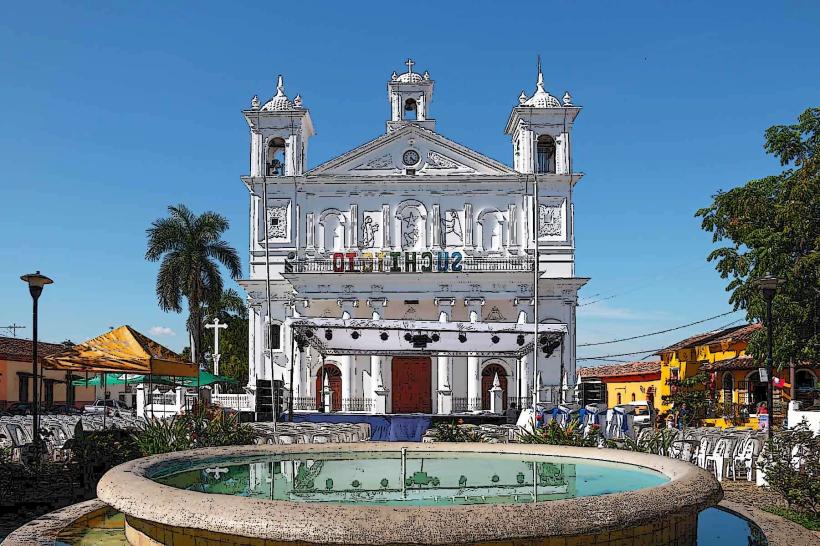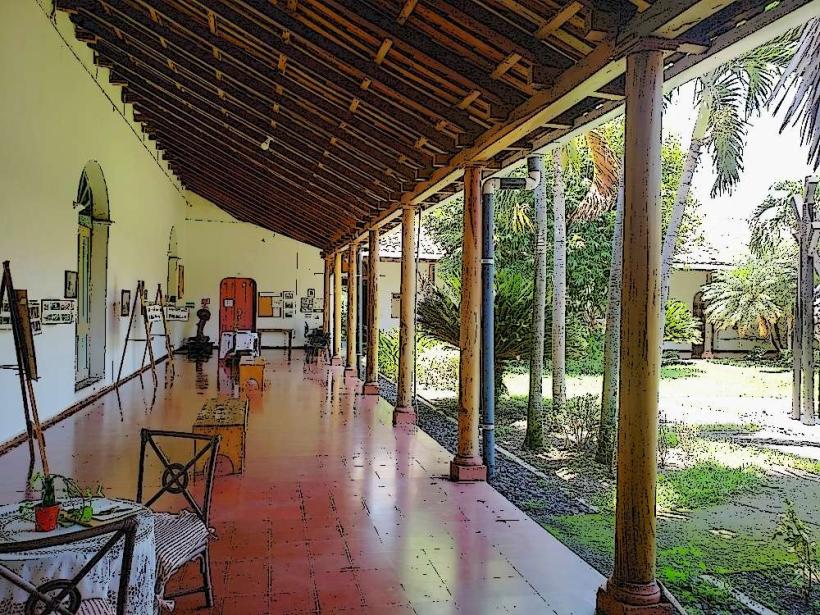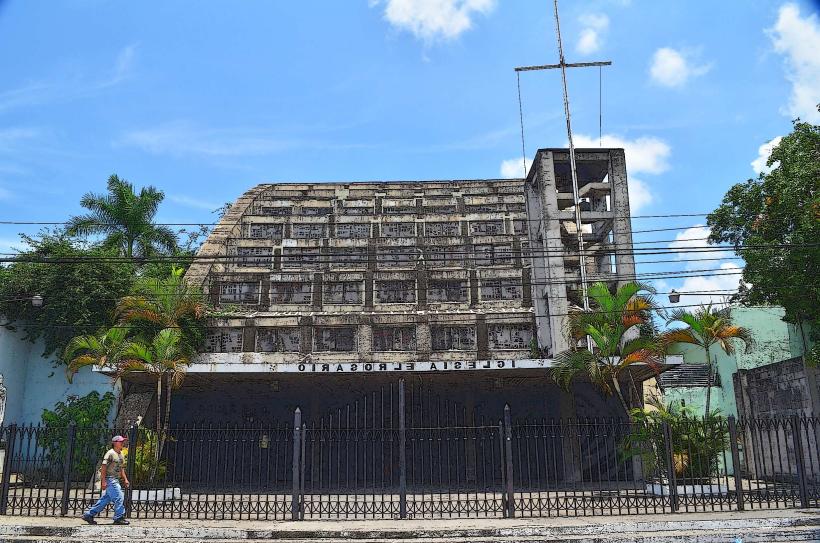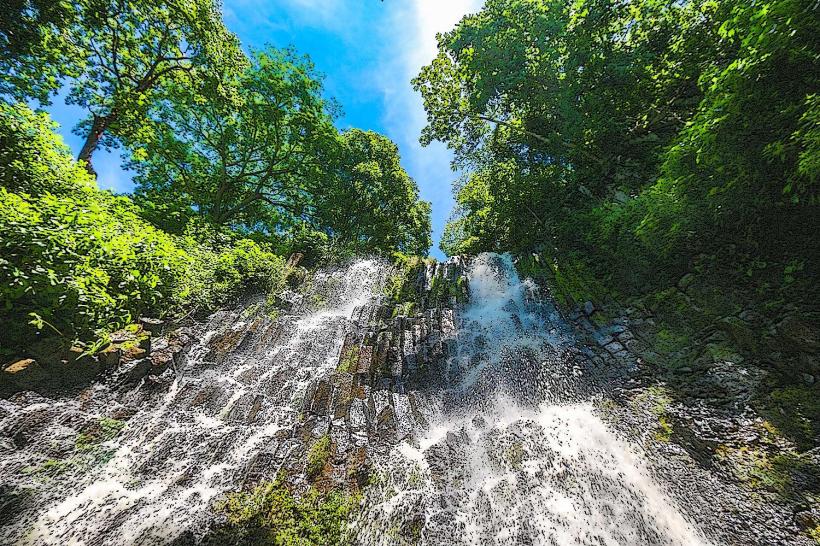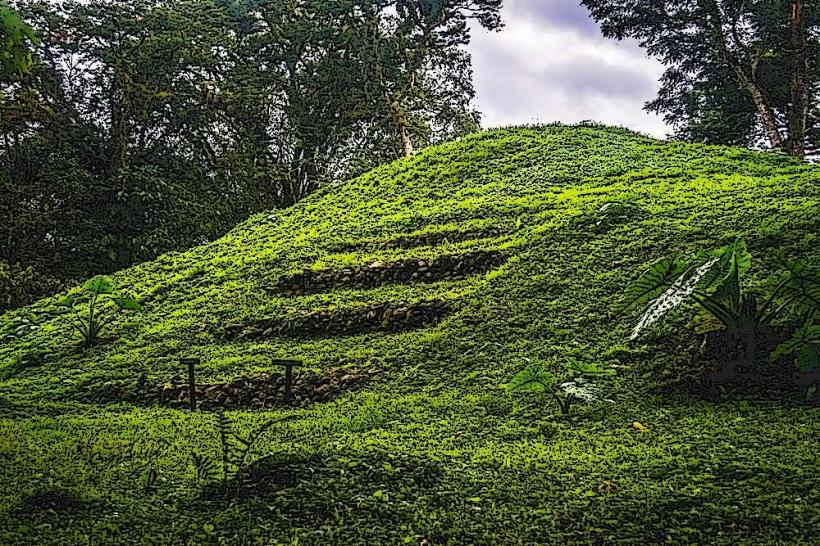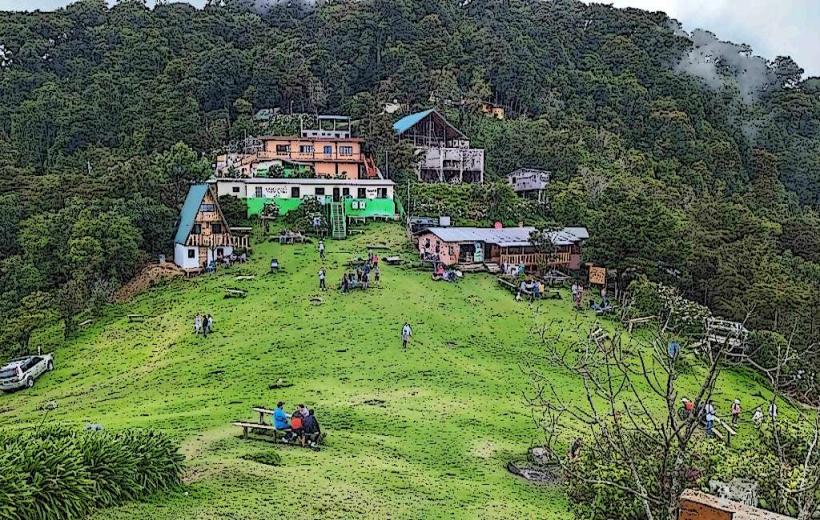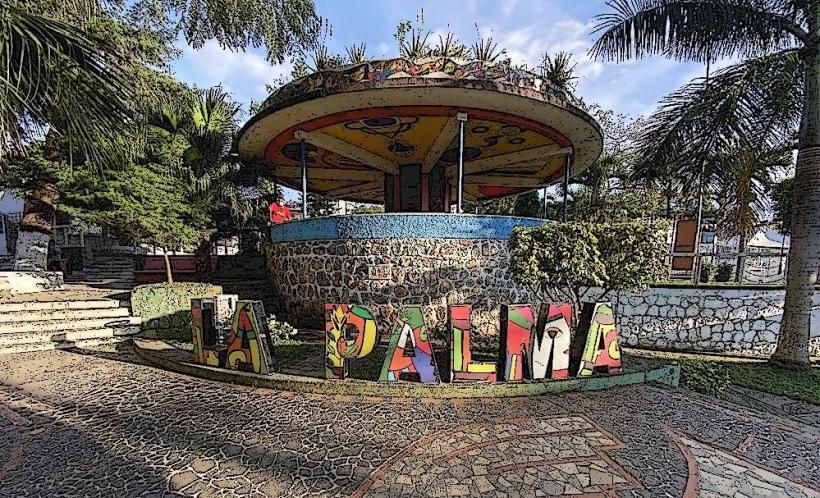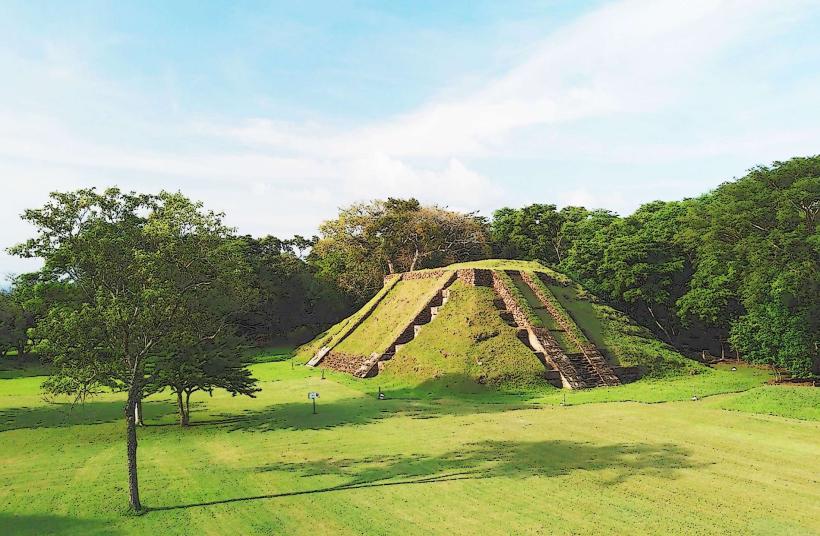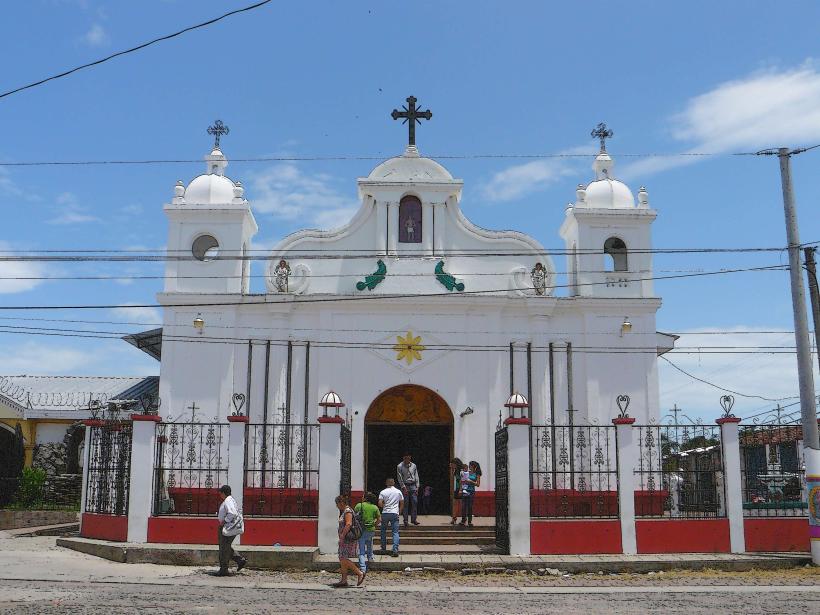Information
Landmark: Lake SuchitlánCity: Suchitoto
Country: El Salvador
Continent: North America
Lake Suchitlán – El Salvador's Serene Reservoir
Lake Suchitlán (Lago de Suchitlán) is a stunning artificial lake located in El Salvador's western region, specifically in the Suchitoto area, within the Cuscatlán Department. It is one of the largest bodies of water in the country and serves as an important ecological, recreational, and cultural site. Created by the Suchitlán Dam, the lake has become a symbol of both natural beauty and human ingenuity.
Creation and Historical Background
- Lake Suchitlán was formed in 1976 with the construction of the Suchitlán Dam on the Lempa River, the longest river in El Salvador. The dam was primarily built for hydroelectric power generation and water supply. However, over time, the lake has also become an important environmental and tourist destination.
- Prior to the construction of the dam, the area surrounding the Lempa River was largely agricultural, and communities lived along the river. The dam's creation led to the submergence of large areas, including parts of several towns, permanently changing the landscape of the region.
Geography and Features
1. Size and Layout
- Lake Suchitlán spans approximately 135 square kilometers, making it the largest reservoir in El Salvador.
- The lake is irregularly shaped, with numerous inlets, islands, and peninsulas, giving it a varied and picturesque coastline.
- It is surrounded by lush hills, forests, and small villages, adding to the natural beauty of the area.
2. Water Quality and Wildlife
- The water in Lake Suchitlán is considered to be of good quality, though its levels can fluctuate due to seasonal rainfall patterns and usage for power generation.
- The lake and its surrounding wetlands provide important habitats for a variety of wildlife. It is home to numerous species of birds, including waterfowl, herons, and kingfishers. In fact, the lake is a significant stopover for migratory birds traveling along the Central American flyway.
- Fish species such as tilapia and bass are common in the lake, and fishing is a popular activity in the area.
Ecological and Environmental Importance
1. Wetland Ecosystems
- The area around the lake is home to rich wetland ecosystems that support a diverse range of flora and fauna. These ecosystems play a critical role in water filtration, flood control, and providing habitats for a wide variety of species.
- The lake is also part of the Lempa River Basin, one of the most important watersheds in the country, making it an essential part of El Salvador's water management efforts.
2. Biodiversity and Conservation
- The region surrounding Lake Suchitlán, including the Cusuco Nature Reserve, is part of ongoing conservation initiatives. There have been efforts to protect the lake’s water quality, restore native vegetation, and safeguard the local wildlife.
- The lake's ecological value has led to the establishment of protected areas for birdwatching and environmental education. Organizations have focused on protecting its wetlands and ensuring sustainable management of its resources.
Tourism and Activities
1. Water Activities
- Lake Suchitlán is a popular destination for a variety of water-based activities. Visitors can enjoy:
- Boating and Kayaking: The lake’s calm waters make it perfect for leisurely boat rides, kayaking, or paddleboarding. Several rental companies and tour operators offer boat tours that explore the lake's inlets and islands.
- Fishing: Anglers flock to the lake for recreational fishing, especially for tilapia and bass. It’s a great spot for both novice and experienced fishermen.
- Swimming: Although swimming is not as widespread due to the lake’s purpose as a water reservoir, some areas with appropriate safety measures are available for bathing.
2. Birdwatching
- The lake’s surrounding wetlands and forests are ideal for birdwatching, particularly during the migratory season. The lake attracts many species of birds, making it a prime spot for nature lovers and photographers.
- The nearby El Jobal area, which is part of the lake’s wetlands, has become famous for its birdwatching opportunities.
3. Scenic Views and Hiking
- Visitors can enjoy panoramic views of the lake and its surrounding landscape from several points around the lake, including the hills and cliffs. Hiking trails near the lake allow visitors to experience the natural beauty of the area while enjoying views of the water, mountains, and nearby villages.
- Suchitoto, the town closest to the lake, offers views of the lake from lookout points and is also known for its picturesque colonial architecture.
4. Cultural and Historical Tours
- The town of Suchitoto, located just a short distance from the lake, is a popular spot for tourists interested in history and culture. It is known for its well-preserved colonial architecture, cobblestone streets, and historical buildings.
- Visitors can explore the town's churches, museums, and art galleries, which reflect the region's historical and artistic heritage.
5. Local Cuisine and Markets
- Suchitoto is also known for its traditional Salvadoran cuisine. Visitors can enjoy local dishes such as pupusas, tamales, and frescas, as well as fresh seafood from the lake.
- The town’s local markets offer a chance to purchase handmade crafts, pottery, and other souvenirs that reflect the region’s traditions.
Access and Practical Information
1. Location and Getting There
- Lake Suchitlán is located approximately 50 kilometers north of San Salvador, the capital of El Salvador. It can be reached by car via the Ruta 2 or Ruta 25 highways, and the drive offers scenic views of the surrounding countryside.
- Suchitoto is the closest town to the lake and serves as a hub for visitors, offering accommodation, restaurants, and tour services.
2. Accommodation
- There are several hotels and lodges near the lake and in Suchitoto. Options range from eco-lodges with stunning views of the lake to more traditional accommodations in the town.
- For visitors looking for a more rustic experience, camping sites near the lake are available.
3. Best Time to Visit
- The best time to visit Lake Suchitlán is during the dry season, which runs from November to April. This time offers pleasant weather for outdoor activities and exploration.
- During the wet season (May to October), the region experiences higher rainfall, and the lake may reach higher levels, providing a unique opportunity to see the lush landscape at its fullest.
Conclusion
Lake Suchitlán is a remarkable destination that blends natural beauty, ecological significance, and cultural heritage. Whether you are looking to enjoy outdoor activities like boating and fishing, immerse yourself in the region's history and culture, or simply appreciate the serene environment, Lake Suchitlán offers a tranquil escape in one of El Salvador's most scenic and diverse regions.

